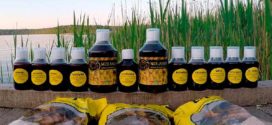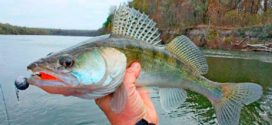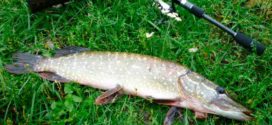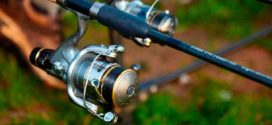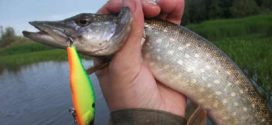Winter fishing differs from summer fishing in harsh weather conditions. To get the maximum pleasure from fishing and a good catch, you need to be mobile. Therefore, they try to use compact gear for their quick transfer.
In order to optimize all equipment and fish caught, it is recommended to have an ice fishing box, which we will make with our own hands. The problem is easily solved if the layout is known and the material of manufacture is correctly selected.
Content
Ice fishing box layout
At the first stage, the number and volume of gear are analyzed. They should be placed not only compactly, but also conveniently for the fisherman. In severe frost, they can be obtained relatively quickly. It also takes into account the availability of a place for a catch and an auxiliary space where food, a thermos and other things can be placed.
When making a fishing box for winter fishing, the following factors should be considered:
- The total weight of the structure. It should be optimal, since it will have to go through more than a dozen meters.
- Maximum use of all space. Part of the fishing rods can be fixed on the back of the cover.
- Strength. Often they sit on the box while fishing. Therefore, the outer part of the cover is made in the form of a seat.
How to choose a tent for winter fishing, read here .
The choice of material of manufacture
The main problem of self-manufacturing a box for winter fishing is the choice of material. Its properties and the complexity of processing at home are taken into account. Often they try to adapt finished structures, slightly changing their configuration and layout.
Consider the most popular types of manufacturing materials and their properties:
- Styrofoam or expanded polystyrene. With a low specific gravity, an easily processed material with the best thermal insulation performance. The disadvantage is low mechanical strength. This applies in particular to foam. The minimum wall thickness is 30 mm, the method of connecting the components is gluing.
- Plywood or similar wood material. Be sure to use moisture resistant models, as the box will be exposed to moisture. Sheet thickness - from 6 mm, assembly method - mechanical (self-tapping screws, nails) with subsequent sealing of the seams.
- Steel or tin. As a basis, you can use an old freezer or a similar container. Be sure to insulate the inner walls.
Styrofoam can be used as a heat insulator. This is the best option, as it is lightweight and easy to handle. If it is planned to use adhesive compositions, they should not change their properties under the influence of moisture and low temperatures.
Ice fishing box assembly procedure
The basis for a home-made design should be a properly drawn up scheme. It is best to take a blueprint of a factory box and adapt it for yourself. Additionally, the properties of the selected material of manufacture and the location of the elements inside the box are taken into account. The latter should be treated as professionally as possible, since ergonomics is the main condition for a design of this type.
How to assemble a fishing box.
- According to the drawings, frame blanks are made. The manufacture of internal partitions is not performed.
- Two opposite walls are attached to the base, and then the rest.
- According to the actual dimensions, internal partitions are cut out and installed.
- Sealant treatment.
- Installation of heat-insulating material.
- If the box is made of plywood, its surface must be painted to protect it from external factors.
It is recommended to purchase a carrying strap from the factory. It should be adjustable in length and have a convenient load balancer located in the middle. The compartment for fish should be as airtight as possible. This way you can ensure that there is no unpleasant odor.
After manufacturing, it is necessary to conduct tests that are as close as possible to the real conditions of winter fishing. The box is filled with equipment, the correct stacking and the total mass of the structure are checked. It is advisable to leave the structure in the cold for a long time to check its reliability.
Hello, I am Alexander, the mastermind behind the blog.
In terms of career and free time, I connected my life with the forest. How else, when you live in Karelia! In this blog, I am responsible for the hunting, hiking and equipment sections. Welcome to my world!
 Survival Lessons Tips for the survivalist, fisherman and hunter
Survival Lessons Tips for the survivalist, fisherman and hunter
